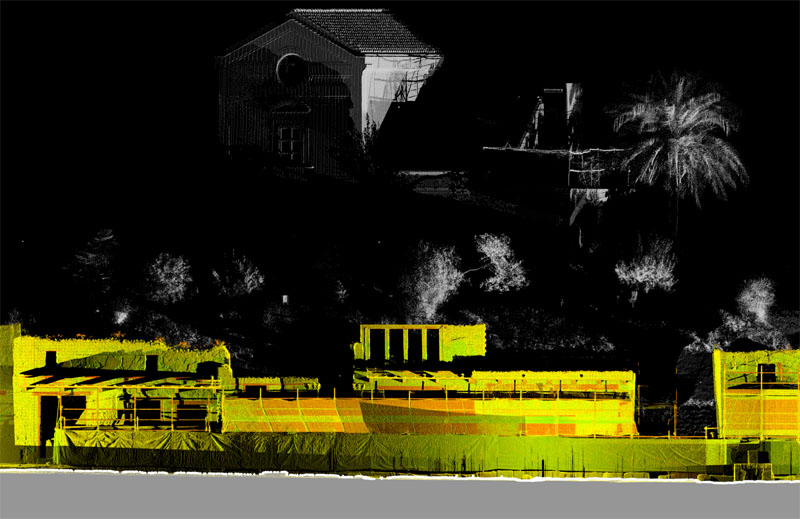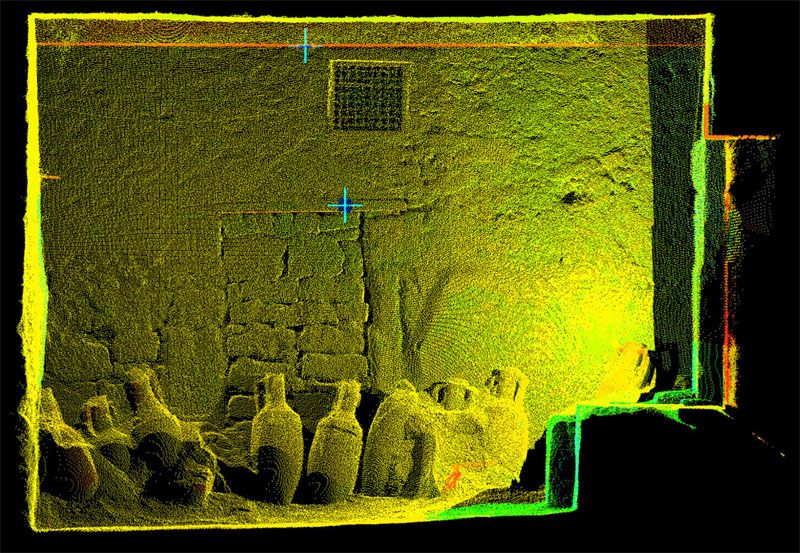The restoration work on the facades of the botteghe along Via dell'Abbondanza, Pompeii
The research project titled "From Asellina to Verecundus: research, restoration and monitoring addressing painting on certain famous Pompeian botteghe in Via dell'Abbondanza (Regio IX, Insulae 7 and 11)" characterised by the collaboration between the Soprintendenza Archeologica di Pompei, the "Valle Giulia" School of Architecture at the University of Rome "La Sapienza", the School of Architecture and the DIAPReM Centre of the University of Ferrara, and the School of Engineering II of the University of Bologna (Forlì campus) comprise; the Coactiliana workshop, a private dwelling, the Infectoria workshop, the Coactiliaria workshop, the Compitum with altar and the thermopolium of Asellina. These façades are all recognised for their invaluable paintings and election inscirptions, which are among the most famous and representative in Pompeii. The research project, started in 2004 by means of direct surveys, analysis and studies about the conservation of the façades, also involved the utilisation of the three dimensional survey technology to develop the multilevel organisation of a database oriented principally to conservation and restoration work, but also supportin the enhancement, promotion, management and enjoyment of cultural heritage sites. The database contains 3D models obtained by use of the laser scanner and all the topographical, photographic, diagnostic, and structural data associated with them. The database allows users to consult and update all data. This provides an important foundation for the management, conservation, maintenance and enhancement of Pompeii's extensive, complex, and diversified urban, architectural, and monumental legacy. In the frame of the restoration works on the botteghe, recently ended, these archives of architectural and archaeological data had been a valuable research tool for archaeologists, architects and historians of art and architecture, but also, and above all, they serve the purpose of protecting and conserving cultural heritage sites and provide support to restoration processes and training programmes.
|
 |
|



